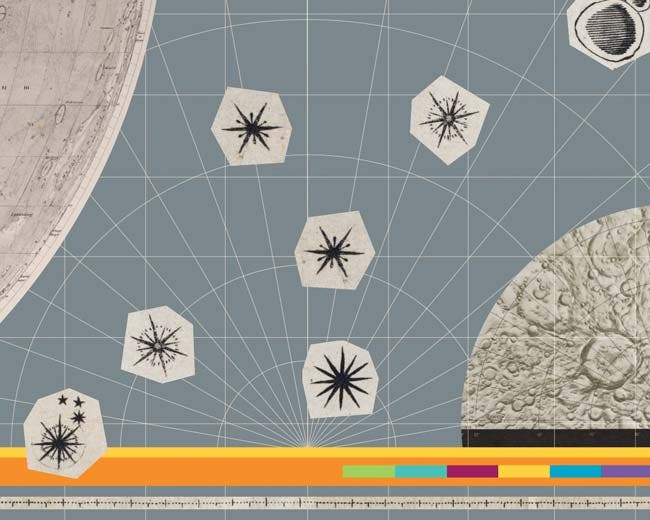Surveyor Program
Between May 1966 through January 1968, NASA launched seven Surveyor spacecraft to demonstrate the feasibility of soft landings on the Moon in preparation for Project Apollo.
Surveyor Spacecraft
Built by Hughes Aircraft Corporation, Surveyor probes were 10 feet in height, over 11 feet in diameter, and weighed approximately 625 pounds. Three landing legs extended about 14 feet from the spacecraft. Solar panels provided about 85 watts of power that was stored in rechargeable batteries. The probes were never meant to return to Earth. Five of the seven Surveyor probes successfully landed on the Moon (Surveyors 1, 3, 5, 6, and 7) in areas that were being considered for possible Apollo landing sites.
Surveyor Probes
Surveyor probes were launched aboard Atlas-Centaur rockets from Cape Canaveral, Florida. They were sent on a direct trajectory to the Moon without being inserted into lunar orbit. Retro rockets slowed the spacecraft during its descent to the surface and engine cutoff occurred at approximately 14 feet above the surface. The spacecraft free fell the final few feet at about five feet per second. Crushable footpads and shock absorbers cushioned the fall.

